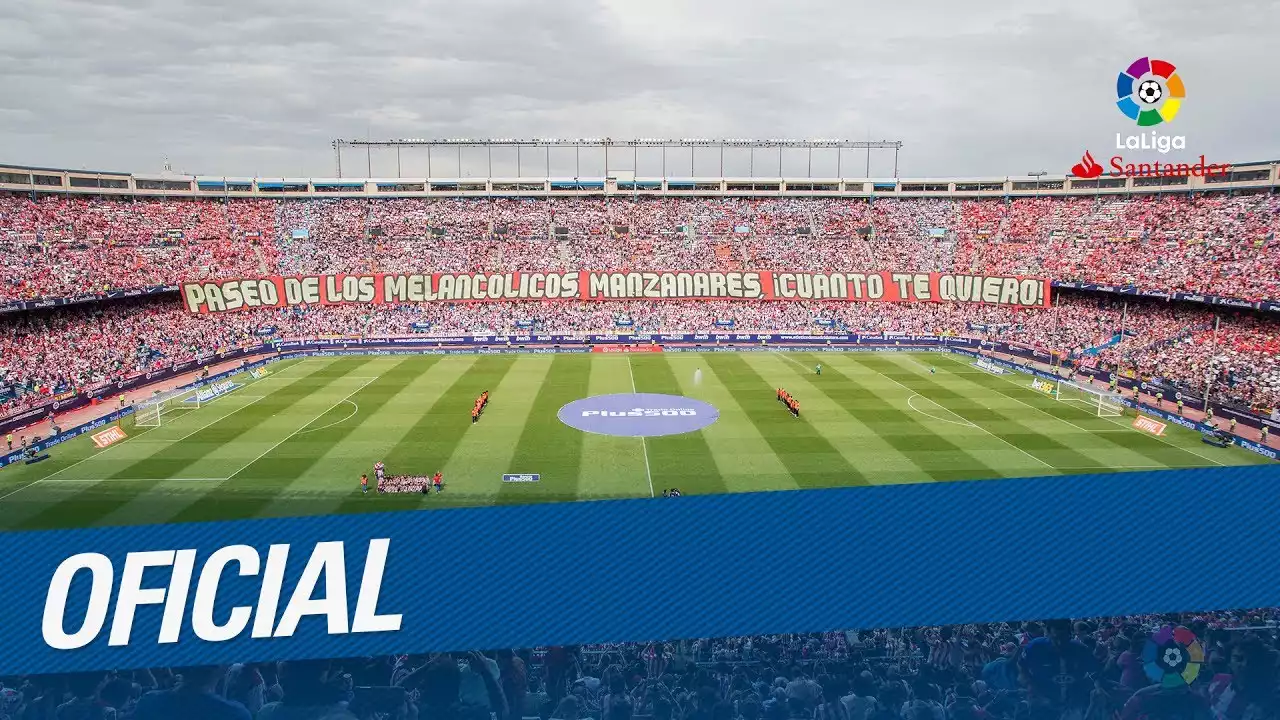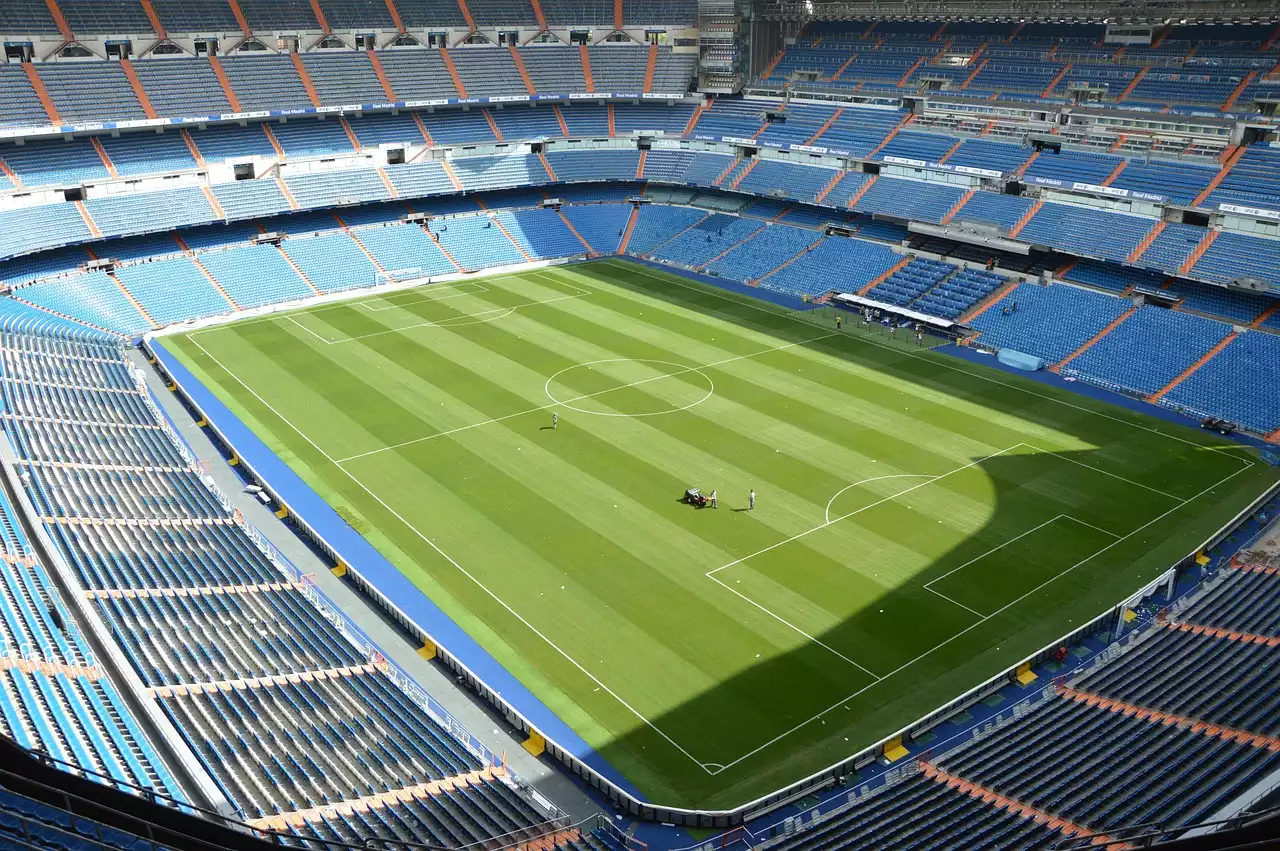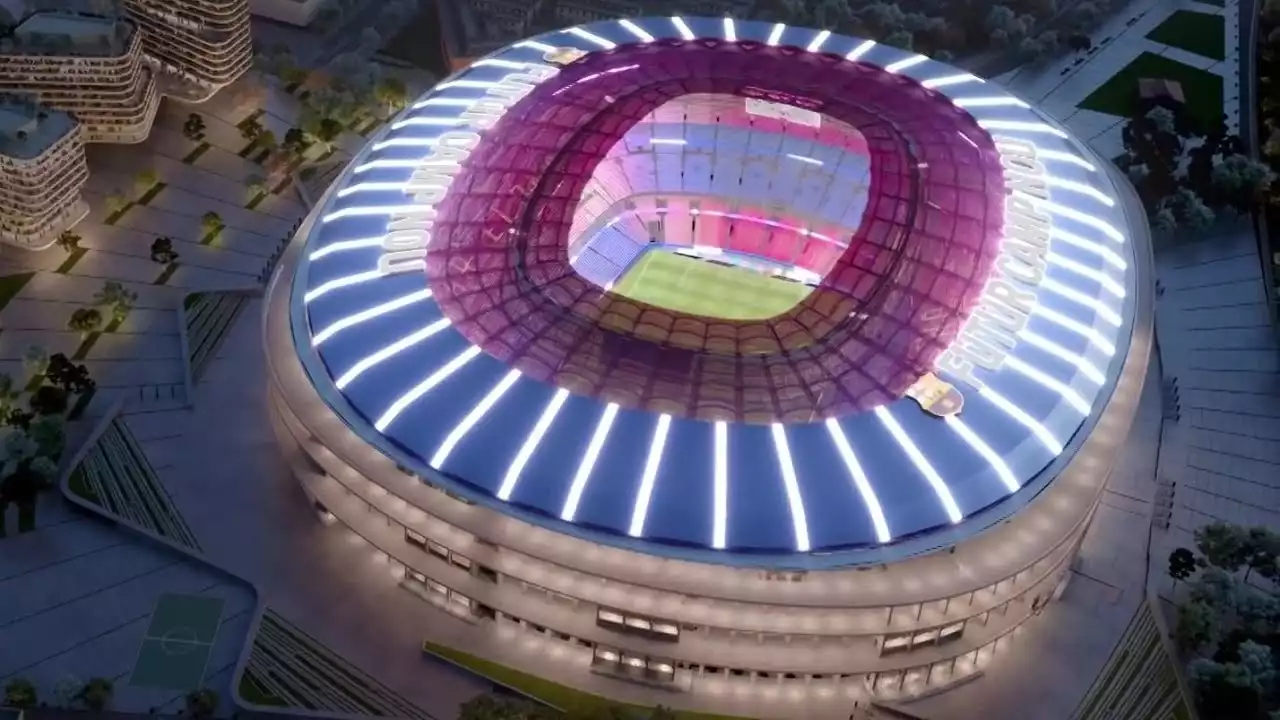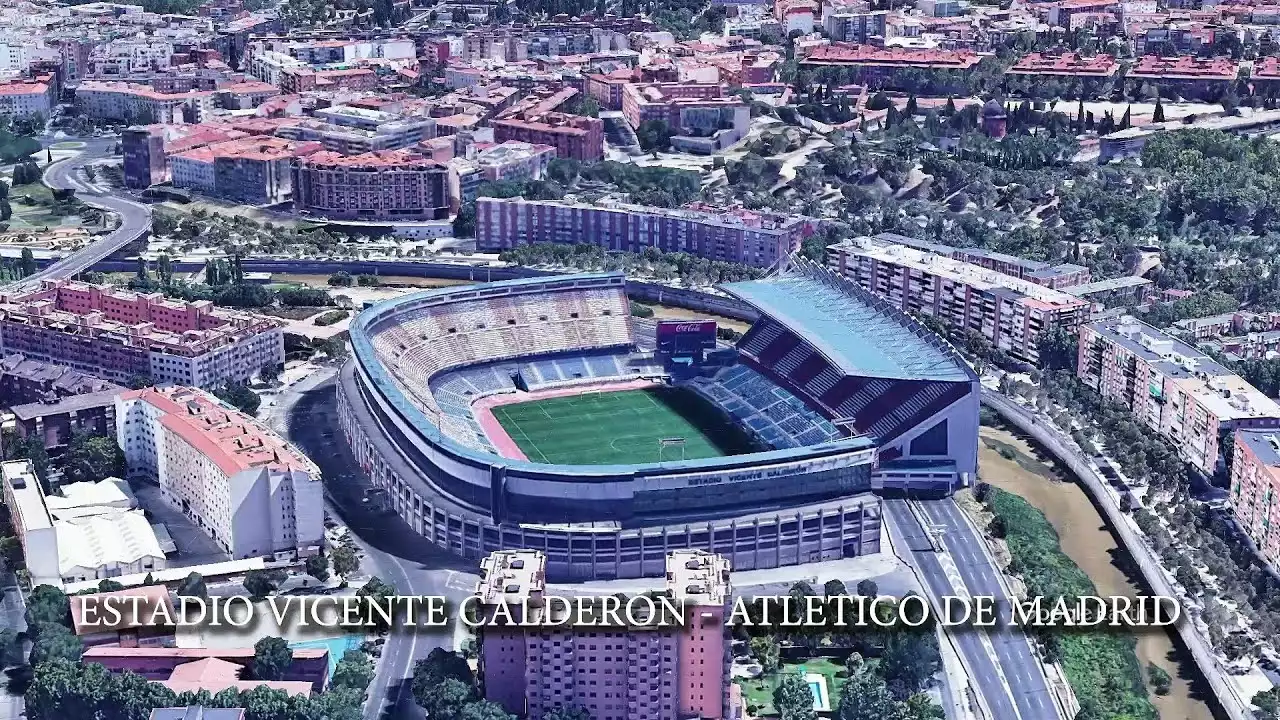What are neutral venues in Copa del Rey?
Neutral venues, in the context of the Copa del Rey, refer to locations that are chosen to host matches that are not the home stadium of either participating team. Instead of the traditional home-and-away format, where teams take turns hosting matches at their respective stadiums, the Copa del Rey has introduced the concept of neutral venues to create a more level playing field.
Reasons for using neutral venues
The decision to use neutral venues in the Copa del Rey is driven by a desire for fairness and neutrality in the competition. By moving matches away from the home stadiums of the participating teams, tournament organizers aim to reduce any potential biases that may arise from hosting matches in familiar surroundings.
Neutral venues ensure that all teams have an equal chance of success, as they are no longer able to rely on the advantages that come with playing in their own stadium. This creates a more balanced and unpredictable competition, where teams must adapt to unfamiliar environments and rely solely on their skills and tactics to secure victory.
How are neutral venues selected?
The process of selecting neutral venues for Copa del Rey matches involves careful consideration of various factors. The competition organizers take into account logistical feasibility, such as the availability of suitable stadiums and facilities, as well as the geographical location to ensure convenience for both teams and fans.
Additionally, considerations are made to ensure that the neutral venue does not provide any significant advantage to one team over the other. Factors such as distance from the home cities of the participating teams, historical rivalries, and fan attendance are taken into account during the selection process.
Examples of Copa del Rey matches held in neutral venues
Neutral venue matches in the Copa del Rey have provided fans with some memorable moments over the years. One notable example is the 2019-2020 final between Real Sociedad and Athletic Bilbao, which was played at the Estadio de La Cartuja in Seville. This match marked the first time in the competition's history that the final was held in a neutral venue.
Another significant example is the 2017-2018 final between Barcelona and Sevilla, which took place at the Wanda Metropolitano Stadium in Madrid. This decision was made to ensure fairness, as Barcelona's home stadium, Camp Nou, would have provided them with a significant advantage.
Impact of neutral venues on teams and fans
Playing in neutral venues can have a significant impact on both teams and fans. For teams, it means they must adapt to unfamiliar surroundings and adjust their strategies accordingly. The absence of the home crowd's support can also affect the atmosphere and the players' motivation. Additionally, the lack of a home advantage can level the playing field and potentially lead to more exciting and unpredictable matches.
For fans, neutral venue matches can provide an opportunity to experience the Copa del Rey in different locations. It allows fans from all over the country to attend matches and support their favorite teams, creating a diverse and vibrant atmosphere. However, it can also pose challenges for fans in terms of travel and accommodation arrangements, especially if the neutral venue is located far from their home cities.
Controversies surrounding the use of neutral venues
While the use of neutral venues in the Copa del Rey has its advantages, it is not without controversy. Some argue that playing in neutral venues takes away the essence of home-field advantage, which is an integral part of football. Critics argue that teams lose the opportunity to play in front of their passionate home crowd, which can often provide an extra boost of motivation and support.
Additionally, there have been concerns about the selection process of neutral venues, with accusations of bias and favoritism towards certain teams. Transparency and fairness in the selection process are crucial to maintain the integrity of the competition and ensure that all teams have an equal chance of success.
Pros and cons of using neutral venues in Copa del Rey
Like any change in a tournament format, the use of neutral venues in the Copa del Rey has its pros and cons. One of the main advantages is the increased fairness and neutrality it brings to the competition. By eliminating the home-field advantage, teams are put on a level playing field, and the outcome of matches becomes more unpredictable and exciting.
However, the absence of the home crowd can take away some of the atmosphere and intensity that comes with playing in front of passionate fans. It can also pose logistical challenges for both teams and fans, especially when matches are held in distant locations. Overall, the pros and cons of using neutral venues must be carefully weighed to ensure the best possible experience for all stakeholders involved.
The future of neutral venues in Copa del Rey
The use of neutral venues in the Copa del Rey has proven to be an exciting addition to the tournament. It has brought a new dimension to the competition, creating more suspense and unpredictability. As the tournament continues to evolve, it is likely that neutral venues will remain a part of the Copa del Rey's format.
However, it is important for tournament organizers to address any concerns and controversies surrounding the use of neutral venues. Transparency in the selection process and careful consideration of the impact on teams and fans are essential to ensure the continued success and integrity of the Copa del Rey.










